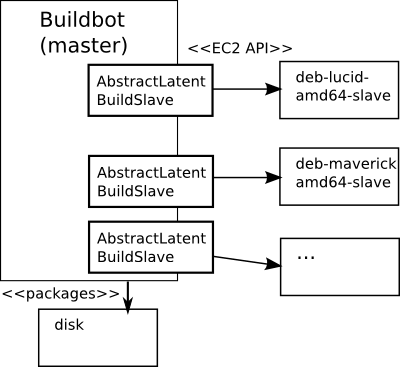A year with Drizzle
- Read more about A year with Drizzle
- 4 comments
- Log in to post comments
- 84560 views
Today I'm coming out of the closet. Since I'm a professional database expert I try to be like the mainstream and use the commercial MySQL forks (including MySQL itself). But I think those close to me have already known for some time that I like community based open source projects. I cannot deny it any longer, so let me just say it: I'm a Drizzle contributor and I'm very much engaged!
I've been eyeing the Drizzle project since it started in 2008. Already then there were dozens of MySQL hackers for which this project was a refuge they instantly flocked to. Finally a real open source project based on MySQL code that they could contribute to, and they did. It was like a breath of fresh air in a culture that previously had only accepted one kind of relationships: that between an employer and an employee. Drizzle was more liberal. It accepted also forms of engagement already common in most other open source projects that are based on relationships between 2 or more consenting contributors.
But in 2008 I wasn't yet ready to engage with Drizzle. Like I said, I worked in a role where I would go to database users and help them use MySQL in demanding production settings. So as much as I admired Drizzle already back then, I needed something that could give me good releases, and support me when needed.


Recent comments
I have…